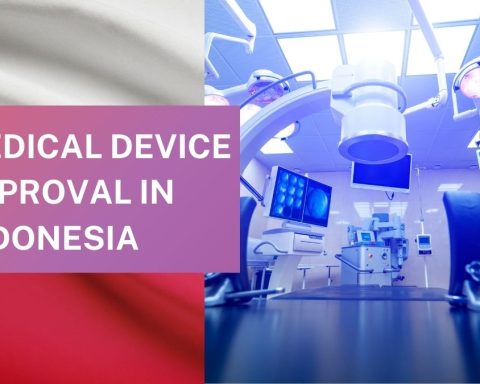A report from Grand View Research Inc suggests that the global medical plastic market is expected to reach 33.6 billion dollars by 2025. The market is showcasing the abundance of raw material supply with a large volume of production across various countries. The consumption of premium quality and high-priced materials used in healthcare products like surgical instruments, catheters and syringes is dominant in the industry. The rising demand for sterilized plastics in the medical industry will be a significant factor in driving the markets’ growth.
Medical devices vary in applications and complexities. From durables to disposable items as well as fixture status devices to mobility items, every medical device has a different use. The diversity of products in the medical category requires zero tolerance for defects and high precision manufacturing. The perfect choice for these products manufacturing are the wide range of plastic resins that are utilized to produce good quality medical devices. Some of these resins include; Polycarbonates (PC), Polystyrene (HIPS), Polyethylene (PE/PET), Acrylonitrile Butadiene Styrene (ABS), Nylon and others.
Methods of Manufacturing Plastic Medical Devices
From simple instruments like tongue depressors, gloves and thermometers to advanced medical devices like computers and other heavy machines, plastic medical devices are used everywhere. To manufacture these medical devices of high-quality, exceptional processing methods must be used. Moreover, medical plastics processors used only virgin material and not regrind material is used. The prime processes amongst them include:
- Extrusion Molding: It is a continuous process that enables production over the extended length of products. However, due to the lengthy process, continuous extrusions often cut in application lengths as it is a slow process for producing identical items.
- Injection Molding: It is the rapid process used to produce a large number of identical items. The plastics are melted in the injection moulding machine and are then injected into the mould where they cool and solidify.
Challenges in Manufacturing Medical Plastics
Manufacturing medical plastic devices is a hectic process. Manufacturers must consider every minute detail that goes into the processing. Be it due to environmental factors, mechanical challenges or human errors; a single mistake can cost high losses of revenue and reputation for the organizations. Below stated are some major problems that every manufacturer faces while processing these devices:
- Moisture Problems
Polypropylene, ABS, Nylon and Polycarbonate are sensitive to moisture, so they absorb moisture at an alarming rate. Non-hygroscopic plastics do not absorb moisture, but it is available on their surface and has a significant effect on their properties if not removed. Proper drying of these resins to produce good products is essential because without it, defects like low tensile strength, surface cracking, bubbles, silver lining and low impact resistance can be seen in the products. These defects can lead to significant problems during the treatment of patients in the hospital.
- Mould Sweating
During injection moulding, the cooling of the melt is done with the help of water chillers. However, if there is a presence of moisture in the vicinity during the cooling process, it condenses on mould surface resulting in the formation of water droplets on the surface of the mould (mould sweating). Formation of mould sweating is undesirable as the water droplets seep into the mould causing severe effects on expensive machine bed and mould. The condensation also leads to cavity in the core of mould, resulting in the defective component.
- Conveying issues
Both extrusion and injection moulding processes require a continuous feed of resins in the processing equipment. While it sounds like an easy task, it is a complicated job when the equipment is large in length and size. Employing labour to handle the conveying of resins is prone to errors such as delay in the changeover of material and spillage of resins. Feeding the material continuously in the equipment requires constant monitoring and speed which is an impossible task for labour.
Solutions for Manufacturing Medical Plastics
Due to the defects occurring in the processing of products, manufacturers require solutions that can help in retaining the quality and standard of the product. The plastic auxiliary equipment provides manufacturers with complete control over various processes and materials. They help in retaining the quality and standard of the product during various processes, while reducing the downtime and production defects. Plastic auxiliary equipment that can be used for the above-listed problems are:
- Honeycomb Resin Dryers for Moisture Problems
The dryers ensure that manufacturers have better control over the temperature and dew point of the surroundings. The honeycomb technology is also energy efficient as it provides 25% more energy savings over the other technologies used for removal of moisture.
- Dehumidification Systems for Mould Sweating
Dehumidification systems help in reducing the mould sweating problems during the moulding process. The systems absorb moisture during the cooling process reducing any chance of condensation on the mould surface.
- Conveying Systems for Conveying Defects
Conveying systems ensure that there is a continuous feed of resins in the equipment with effective monitoring. As there is less manual work required, the chances of human errors get eliminated.
In a nutshell, the defects in medical plastics can cause high revenue losses to the organizations. However, with the help of plastic auxiliary equipment, these problems can be solved in real-time, increasing the productivity of the businesses.






